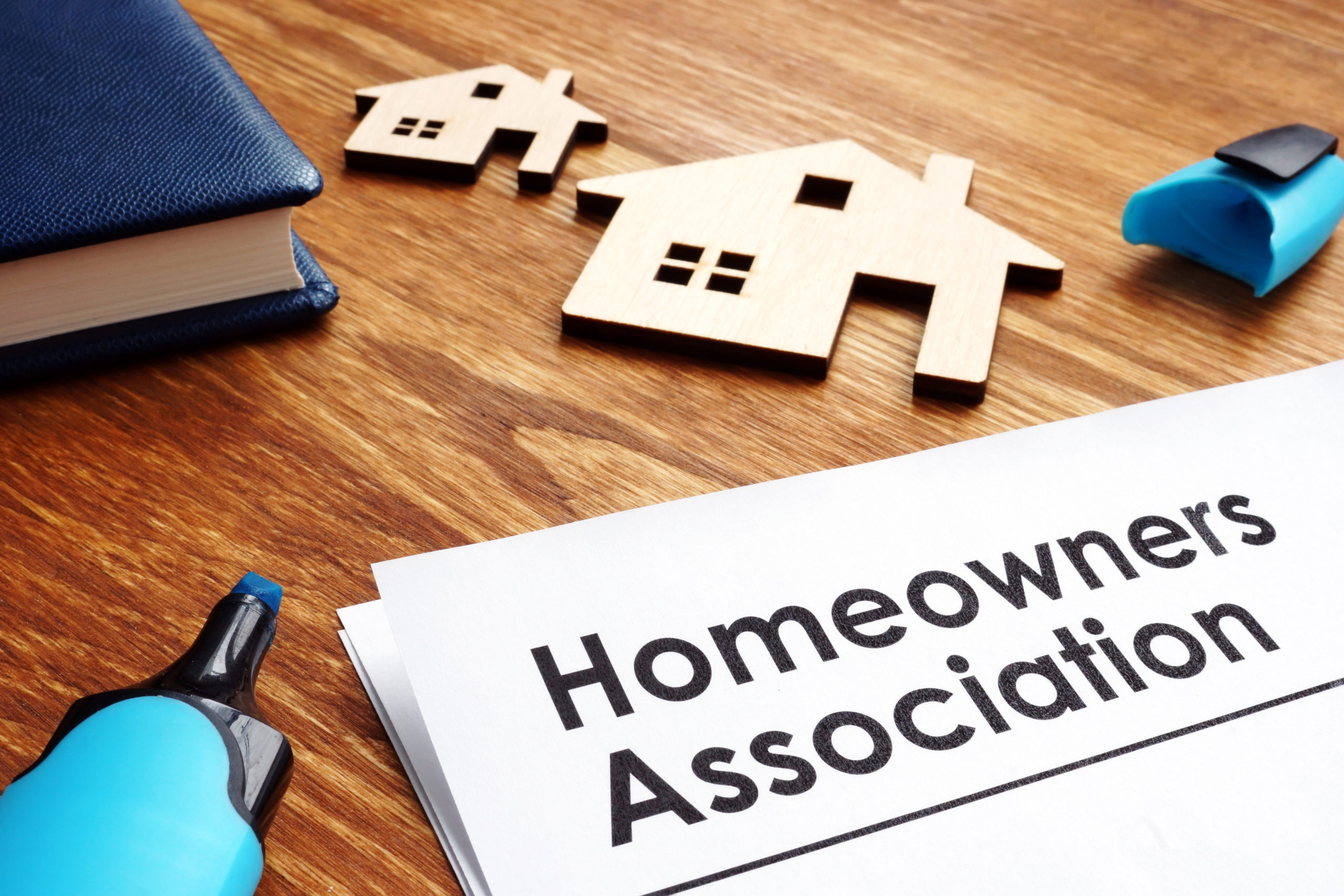The kids are all grown—and showing no signs of moving back in with mom and dad. The new job requires lots more travel. Dealing with lawn mowing and snow-blowing just isn’t appealing. There are lots of reasons buyers may find living in a townhome or condominium community attractive. But, before they sign a purchase agreement, buyers should be sure they understand what it means to live in an association. For many, it’s a great fit. For some, however, the “simpler” lifestyle comes with too many strings attached.
The Advantages of Association Living
Many buyers—both first-timers and “downsizers”—approach the prospect of association living with the assumption that association living means “maintenance free” living. Condominium associations generally provide for most of the exterior maintenance of the buildings and grounds. In most townhome associations, the homeowners association provides for much of the maintenance for the exterior of the townhome, as well as the lawn, driveway and other parts of the townhome lot. No climbing on roofs, mowing lawns or patching driveways!
With most exterior maintenance taken care of by the association, owners are free to travel as frequently as they may desire. Association living better allows homeowners to simply lock the door and grab a flight to paradise.
Because an association arranges for various services for many homes, the association may be able to leverage that volume and get those services at a lower cost than any individual owner might be able to secure. This is often true for services such as lawn mowing and snow removal, and may extend to such “big ticket” items as siding replacement, roofing repairs/replacement, etc. Those savings are then shared among the members of the community. In addition, using a single vendor throughout the community generally better ensures a uniform aesthetic throughout the community.
Many associations maintain a master policy of insurance, covering all of the homes in the community as well as common areas. The cost of that coverage is included in the assessments paid to the association (although sometimes billed separate from the monthly installments). Owners supplement the master policy with individual coverage (often called an “HO6” policy) that covers personal property and those portions of the home not covered under the association’s insurance. While the master policy premium amount may seem high, it is likely far less expensive on a per-home basis (even if the HO6 premium is added in) than coverage for a traditional home.
Finally, a homeowners association may offer convenient amenities such as covered parking, fitness facilities, pools and other recreational spaces. A buyer who may not want to venture out to the gym on a snowy or steamy day may well appreciate having a fitness center or pool right in her building.
The Disadvantages of Association Living
While associations provide significant exterior maintenance, it is the rare community that provides for all exterior maintenance. “Maintenance free living” is, quite simply, a myth. Buyers need to specifically ask about and understand maintenance obligations, especially for components the buyer notes may need some attention in the near future. Some associations’ declarations specify maintenance responsibilities more clearly than others’.
Furthermore, some maintenance provided by the association may be “charged back” to the owner rather than incorporated into the monthly installments. For example, maintenance performed on decks and balconies is often performed by the association, but the expense incurred is charged directly to the homeowner. For the uninformed, this can come as an unpleasant surprise. Buyers should not be afraid to ask the association about how maintenance obligations are allocated between the association and the homeowner, as well as how payment for such services is allocated.
In some cases, the extent of the service provided by the association may be dictated by the terms of the service contract. For example, it is common in many associations to provide for snow removal for snowfalls exceeding two inches. The homeowner is responsible for shoveling any snowfall totaling less than two inches. Homeowners may also be responsible for shoveling walkways, porches, balconies, decks, etc., regardless of the depth of a snowfall. Buyers who carefully review the association’s governing documents and ask questions will be more informed buyers—and a more informed buyer is a happier homeowner.
Those not well-suited to association living often voice complaints about rules and restrictions imposed by the association. Such restrictions may be as mundane as determining when garbage cans may be put out for pick up or as significant as whether owners are permitted to lease their homes. Most associations require owners to get association approval for exterior changes to their homes and may regulate colors or materials; some people may chafe at such oversight.
Some members of community associations complain about noise from adjacent homes. With little or no open space between homes, slamming doors, heavy footsteps and even loud conversations can reverberate through adjoining homes. For someone accustomed to living in a traditional home, this noise can come as an unwelcome surprise, and may affect long-term relationships between neighbors.
Living in an association suits many people quite well. They like the immediate sense of community and sharing of maintenance obligations. But, for some, the restrictions are more than they desire. They want to be the masters of their castle, without anyone telling them what they can and cannot do. Buyers need to take some time early in the search for their next home to determine whether association living is right for them.

